Galleries
8 Things that Will Change the Way You Think About Egon Schiele
He was the youngest student to enroll at Vienna's Academy of Fine Arts.
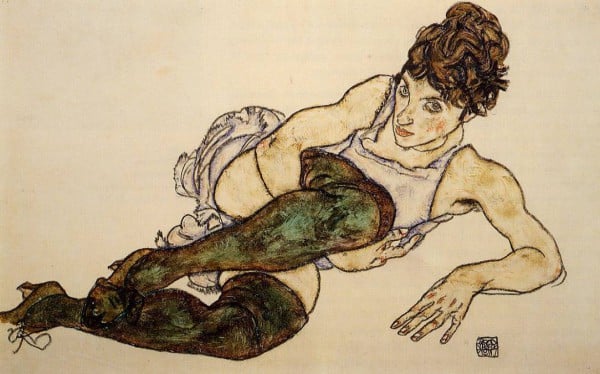
Photo: egon-schiele.com.
He was the youngest student to enroll at Vienna's Academy of Fine Arts.

Christie Chu

Known for his erotic paintings as well as his anguished self-portraits, Egon Schiele has remained a controversial figure in art history.
Despite his infamy, Gustav Klimt became one of Schiele’s biggest supporters as well as his mentor; the elder Secessionist artist introduced Schiele to the Wiener Werkstätte, the fine arts society founded by Secessionists Josef Hoffmann and Koloman Moser.
June 12 marks the artist’s 125th birthday. Here are some things you need to know about one of the leading figures behind Austrian Expressionism, who once wrote in his diary, “I do not deny that I have made drawings and watercolors of an erotic nature. But they are always works of art. Are there no artists who have done erotic pictures?”

Egon Schiele.
Photo: Imagno/Getty Images.
1. Schiele was the youngest student to ever enroll at Vienna’s Academy of Fine Arts.
He was only 16 when he began at the school. After studying for three years, the artist left without graduating the Academy, dissatisfied with its conservative teachings. He and several other classmates started a collective called Neuekunstgruppe (New Art Group). Through putting on his own exhibitions, Schiele met critic and writer Arthur Roessler, who then introduced the artist to important collectors and patrons.
2. His first love was doomed.
His crush, Margarete Partonek, a girl next door in his town, was a daughter of a teacher. Although not much is known about her, supposedly his love was not totally unrequited, although he did query, “Where were you last Sunday?” in one note. Margarete kept six of his letters as well as his obituary notice, the Guardian reports. One letter reads that he would offer his “right hand to art” but “both hands” to “the loveliest girl.”
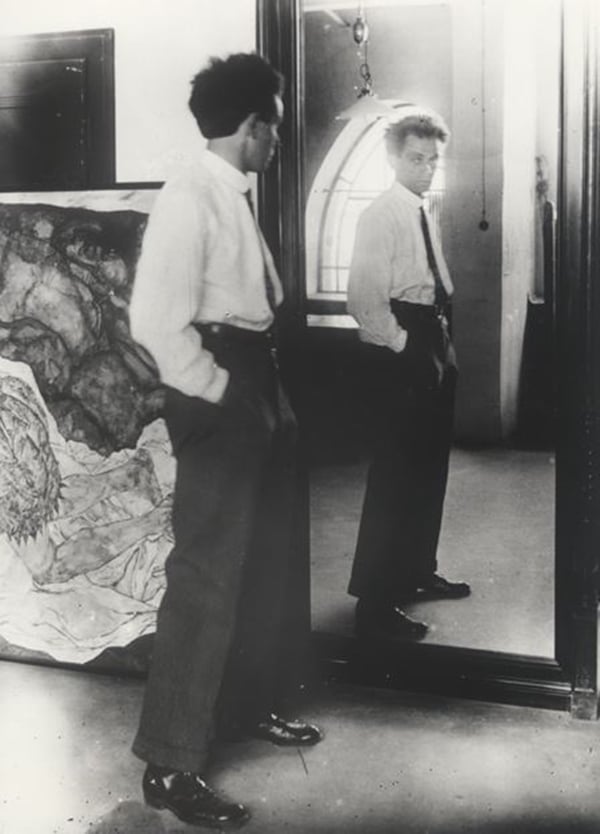
Egon Schiele.
Photo: courtesy of Neue Galerie.
3. He wasn’t afraid of female sexual power.
Although his depictions of women may seem grotesque, they reflected only his adoration for them. In an article in the Guardian, Jonathan Jones wrote, “Schiele…is a feminist who puts women at the centre of art. He is a lover, not a hater. In his 1913 nude portrait Woman with Black Stockings, his model reclines, but not in the sidelong position chosen by male artists to depict women, seen in everything from Titian’s Venus of Urbino to Manet’s Olympia. Instead, she lies back with her legs – those stockings contrasting with bright red garters – towards Schiele, showing him her gloriously pink vagina.”
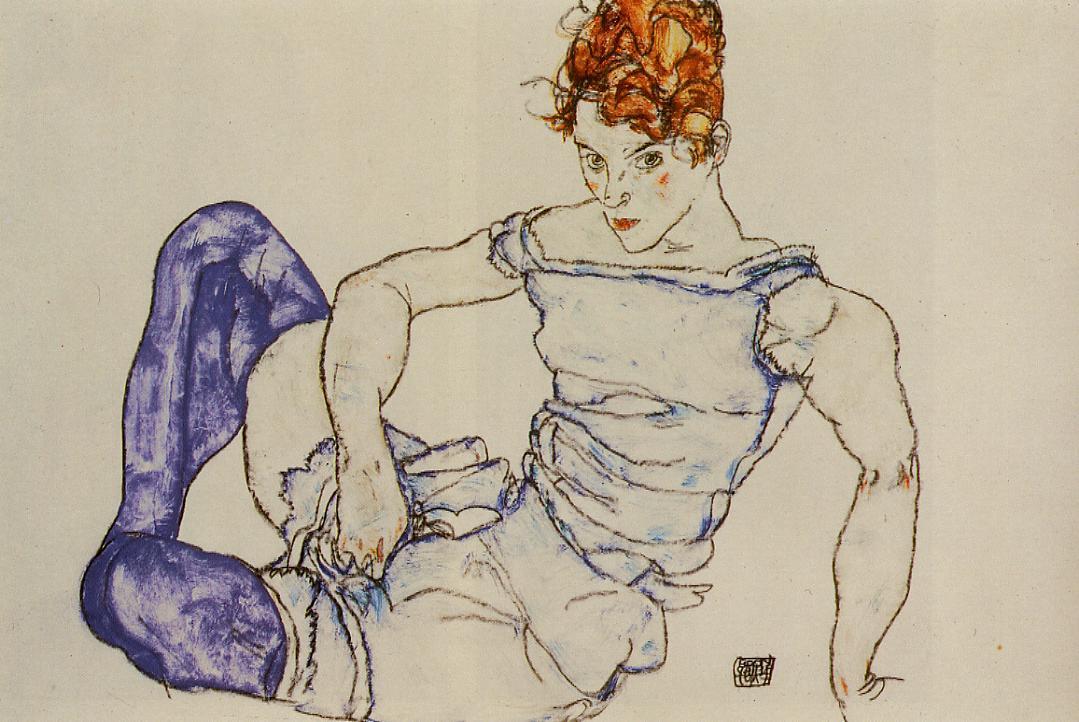
Egon Schiele. Seated Woman in Violet Stockings (1917).
Photo: egon-schiele.com.
4. He was arrested on a charge of abducting and “seducing” a minor.
Schiele met his muse, Valerie (Wally) Neuzil, in 1911, and seeking inspiration they moved to Neulengbach, just west of Vienna. Coincidentally his studio became the gathering place for the town’s delinquent children, and he was subsequently accused of seducing a young girl. After spending 24 days in jail, he was released with only charges against morality. Schiele was deeply traumatized after this incident and children rarely appeared back in his work.
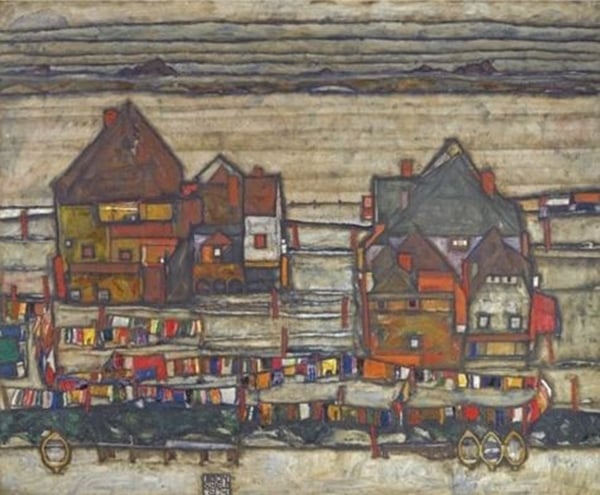
Egon Schiele, Houses with Laundry (1914).
Photo: via artnet.
5. His most expensive work sold at auction is a landscape painting.
According to artnet’s Price Database, the most expensive Schiele work at auction was a 1914 landscape oil on canvas that sold for $39,821,313. The lot was sold during Sotheby’s London Impressionist & Modern Art Evening sale on June 22, 2011. (See Signed Egon Schiele Letter and Ronald Reagan Photo Smash Expectations at Swann Galleries).
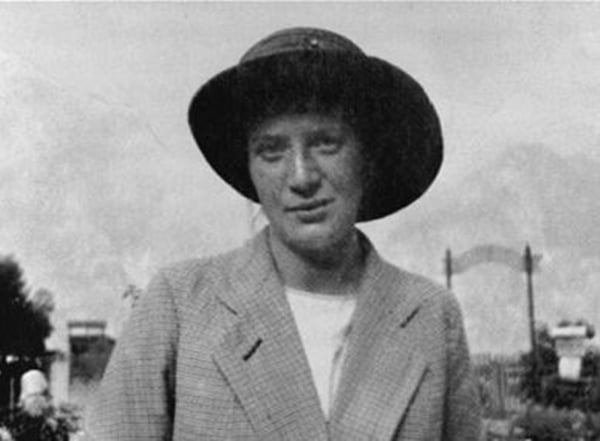
Egon Schiele’s lover Wally in Neuzil in 1913.
Photo: Egon Schiele Art Centrum.
6. Four days after his marriage, Schiele was drafted into the army.
Schiele spotted Edith Harms outside his window in a Viennese suburb of Hietzing. He chose to marry Harms as she was more socially acceptable than his then mistress Wally, a model and former prostitute. He proposed a compromise to Wally, handing her a document that stated they would vacation every summer without Edith. Wally refused and they never saw each other again. In 1915, Edith and Egon married.
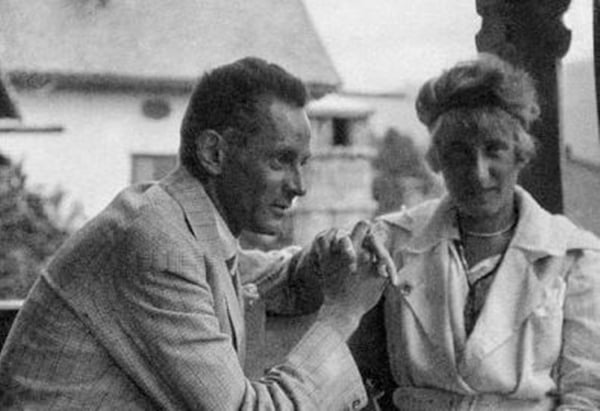
Egon Schiele with his wife Edith Harms.
Photo: Egon Schiele Art Centrum.
7. During the war, he worked on his art while guarding Russian prisoners.
Schiele’s time spent in the army was very light, he never saw any front-line fighting. He was able to paint and sketch while guarding Russian prisoners of war and performing other guard duties. By 1917, he was able to completely focus on his artistic career in Vienna. He created many works during this time, and was invited to participate in the Secession’s 49th exhibition there.
8. Schiele died when he was only 28.
In 1918, the Spanish flu spread like wildfire throughout Austria, and the local newspapers reported 2,200 deaths in a single week. His wife Edit was six months pregnant when she died, and three days later, Schiele would follow her. (See Tracey Emin Finds a Kindred Spirit in Egon Schiele).